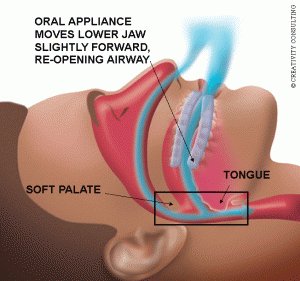Oral therapy
Until 1998, effective pharmacotherapy of erectile dysfunction was limited to intracavernous self-injection therapy and transurethral therapy with alprostadil (MUSE™), the latter with clearly less efficacy. The approval of sildenafil marked a breakthrough in the conservative treatment of erectile dysfunction and revolutionized completely the management of this disease. With the availability of effective oral therapy, the management of erectile dysfunction became more and more an issue for the general or family practitioner, and meanwhile more than 70% of all Viagra™ prescriptions aremprovided by non-urologists. 
One major negative consequence of this development is that many physicians have given up any diagnostic screening in these patients, and are limiting their activities more or less to pure prescription of the medication. The urologist, who was for a long time the first referral for erectile dysfunction patients, should continue to underline his expertise in this field by providing a thorough diagnostic workup of patients comprising medical and sexual history, somatic examination, laboratory tests, including testosterone, prolactin and serum glucose, and intracavernosal pharmacotesting with 10–20 μg alprostadil combined with Doppler/ duplex sonography of the cavernous arteries.
In this connection, systolic peak flow velocities <25 cm/s are indicative of an arteriogenic etiology, and should prompt the urologist to refer the patient for a further cardiovascular screening, as a considerable subset of these patients are suffering from generalized atherosclerosis and therefore are at risk of coronary or cerebral artery disease.
Read exclusive article about Sexual Health on Canadian Health and Care Mall official website – click.